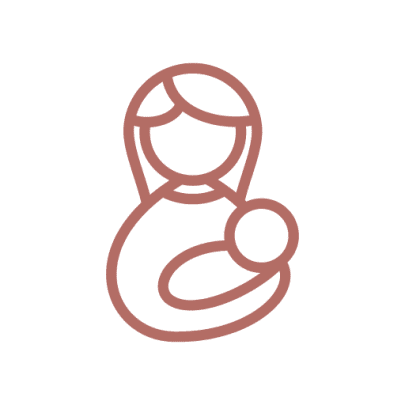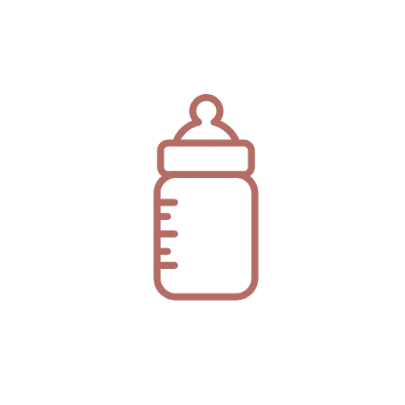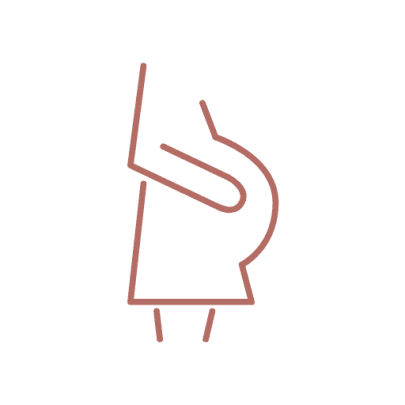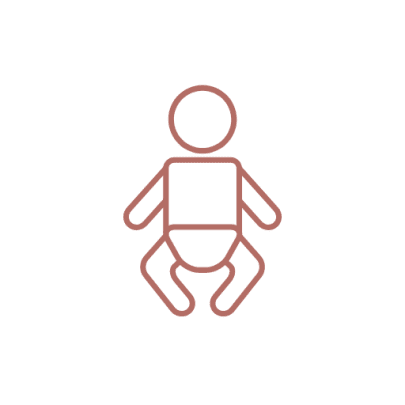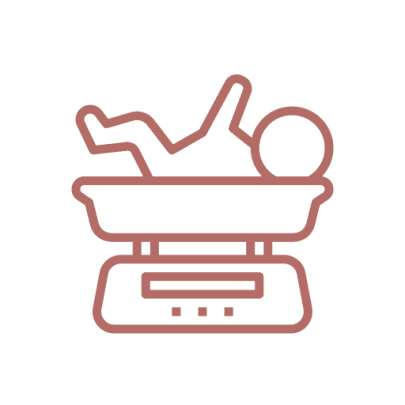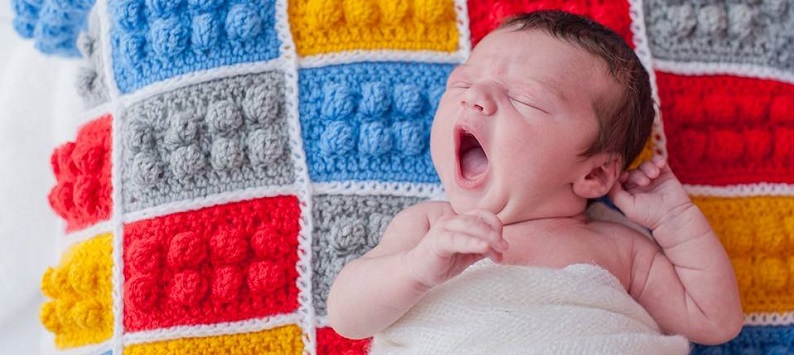Baby cues: What is my baby telling me?
A long time before you actually record your baby’s first word in her baby book, the two of you are already communicating through the language of baby cues. Crying, wriggling, whinging, smiling, looking at one another: You and your baby learn to understand one another through paying attention to the subtle (and sometimes not-so-subtle) baby cues you’re picking up as your little one grows, develops, and gets more expressive.
How to learn the language of baby cues
The easiest way to pick up on baby cues is to spend some time just observing your baby. When she’s hungry, what kinds of things does she do with her body? Does she make a particular sound? Does she have a certain “look” she gives you? Does she fuss in a way that is different to her other “fussy” times?
Equally, when your baby is tired, how does she act? Rubbing her eyes, jerky movements, whinging, laughing and cooing one moment and crying the next… Babies who are tired tend to “tell us” through their actions.
Hungry and tired are two of the most common states your baby will be in, especially in those early days when they’re virtually ruled by their stomachs. So these are a great place to start.
More specific baby cues and clues
What your baby is trying to tell you: “I’m hungry!”
What cues you might see: Babies who are hungry may smack their lips together or make sucking movements, even in their sleep. They may mouth their hands, clothing, and stuffed toys. They will also root for the nipple: Try picking your baby up; does she turn her head and snuffle at your shirt? After all of these cues, your baby will start to whinge and cry, which are late signs of hunger. Try to respond when you first start to notice the early cues.
What your baby is trying to tell you: “I’ve had enough to eat!”
What cues you might see: When your baby has eaten her fill, her sucking will slow, her eyes will close, and she may fall asleep. Or she may unlatch from the breast and fall asleep there too. Some babies like to “comfort suck” from the breast even if they are done eating, and will sleep happily there until you unlatch them. You’ll soon recognise the look of a “milk-drunk” baby.
What your baby is trying to tell you: “I want to be held!”
What cues you might see: Does your baby seem unsettled and fretful, or is she grizzling and fussing? She may have had a fright (a loud noise, like a door slamming or dog barking, can make your baby jump and cry), or she may just be lonely. If your baby is looking at you with an almost pleading expression, or if she cries when you walk away from her, try picking her up and see if that helps to settle and comfort her.
What your baby is trying to tell you: “I’m overstimulated!”
What cues you might see: Is your baby breaking eye contact, looking away from you or away from a noisy toy or baby video, turning her head away from light or sound, or yawning? If she’s overwhelmed or overstimulated by her environment, she’ll tell you by trying to avoid the things which are causing her to be overwhelmed — in the only way she knows how right now, which is looking away. Pick her up and snuggle her close.
What your baby is trying to tell you: “I’m tired!”
What cues you might see: When your baby yawns, rubs her eyes, makes jerky movements, spits out her dummy repeatedly while fussing, changes her behaviour (laughing and cooing one moment, crying the next), or seems to have a shorter attention span than usual, she may be tired. How long has she been awake for? Little babies don’t usually stay awake for very long periods of time, so try to put her down for a nap before she gets overtired and cries.
Give yourself time to learn
Every baby is unique, and your baby’s cues will be as unique as they are. Remember that even though you’ve carried your baby in your body for nine months, you still need to get to know one another after they are born, and it will take time! These tips are a good starting point, but your baby may do things differently. A good way to keep track of your baby’s cues is to keep a little diary of their behaviour and actions around particular times, like when they are hungry and tired. You’ll soon learn what they’re trying to tell you through their unique and special baby cues, and you’ll be able to communicate well with each other long before they can talk.
The Breastmates Newborn Baby Logbook is great for helping you to learn your baby’s patterns and cues early on.
This beautiful image courtesy of Michyla Corban, photographed by Rosemary Morris of photoshoot.co.nz.

